Where the Story Began
Before glass towers redefined the skyline, Dubai was a port city built on trade and tradition. In the heart of the modern city lies a district that remembers — the Old Town. Also known as Al Bastakiya, the Al Fahidi Historical Neighbourhood is a labyrinth of narrow lanes that whisper of another time, offering a rare human scale in a city of vertical ambition. Built in the 1890s by Persian merchants from Bastak in southern Iran, the district’s coral stone houses and shaded courtyards remain among the earliest examples of sustainable Gulf architecture.
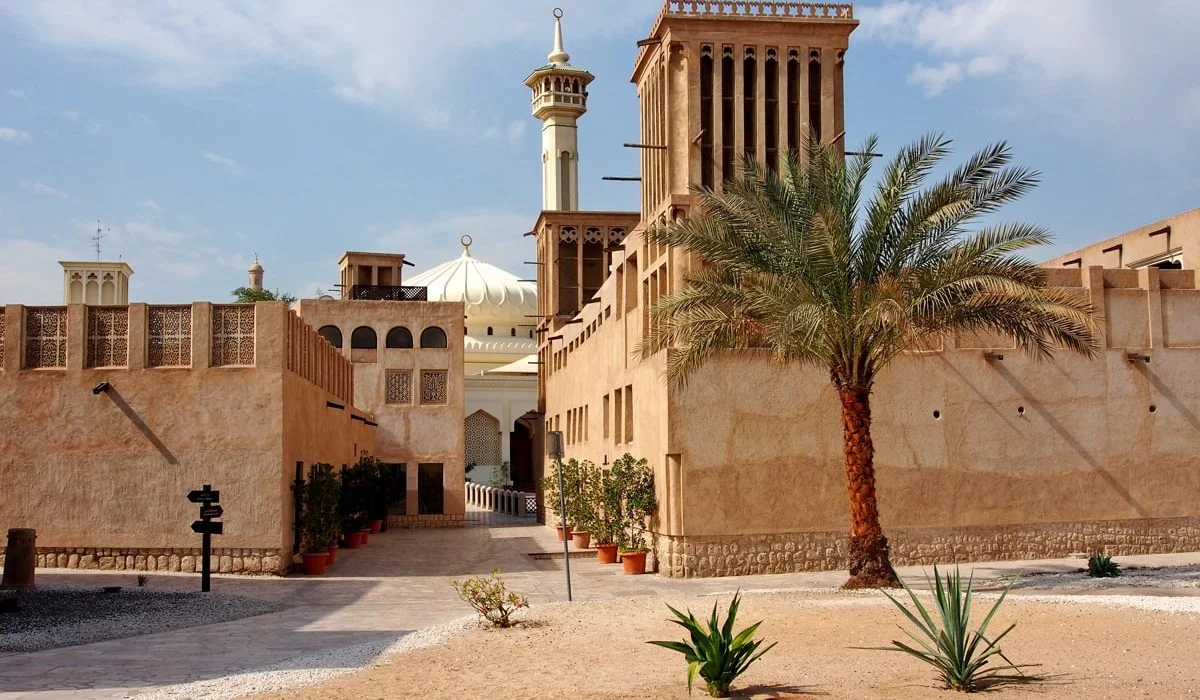
Yet this architectural gem nearly vanished. In the late 1980s, much of the area was demolished to make way for modern offices, and the remaining homes were marked for destruction. It was then that British architect Rayner Otter, who lived in one of the restored houses, wrote to King Charles III—then the Prince of Wales—appealing for help. When Charles visited Dubai in 1989, he toured the neighbourhood and was deeply moved by its historical value.
His conversation with HH Sheikh Rashid bin Saeed Al Maktoum led to a pivotal decision: the demolition was halted, and Al Fahidi was spared. Today, that single act of preservation stands as one of the earliest gestures linking British architectural heritage with Dubai’s cultural consciousness. Following a full restoration in 2005, the district now serves as a living museum of Emirati life—its galleries, cafés, and museums preserving the soul of old Dubai amid the hum of a modern metropolis.
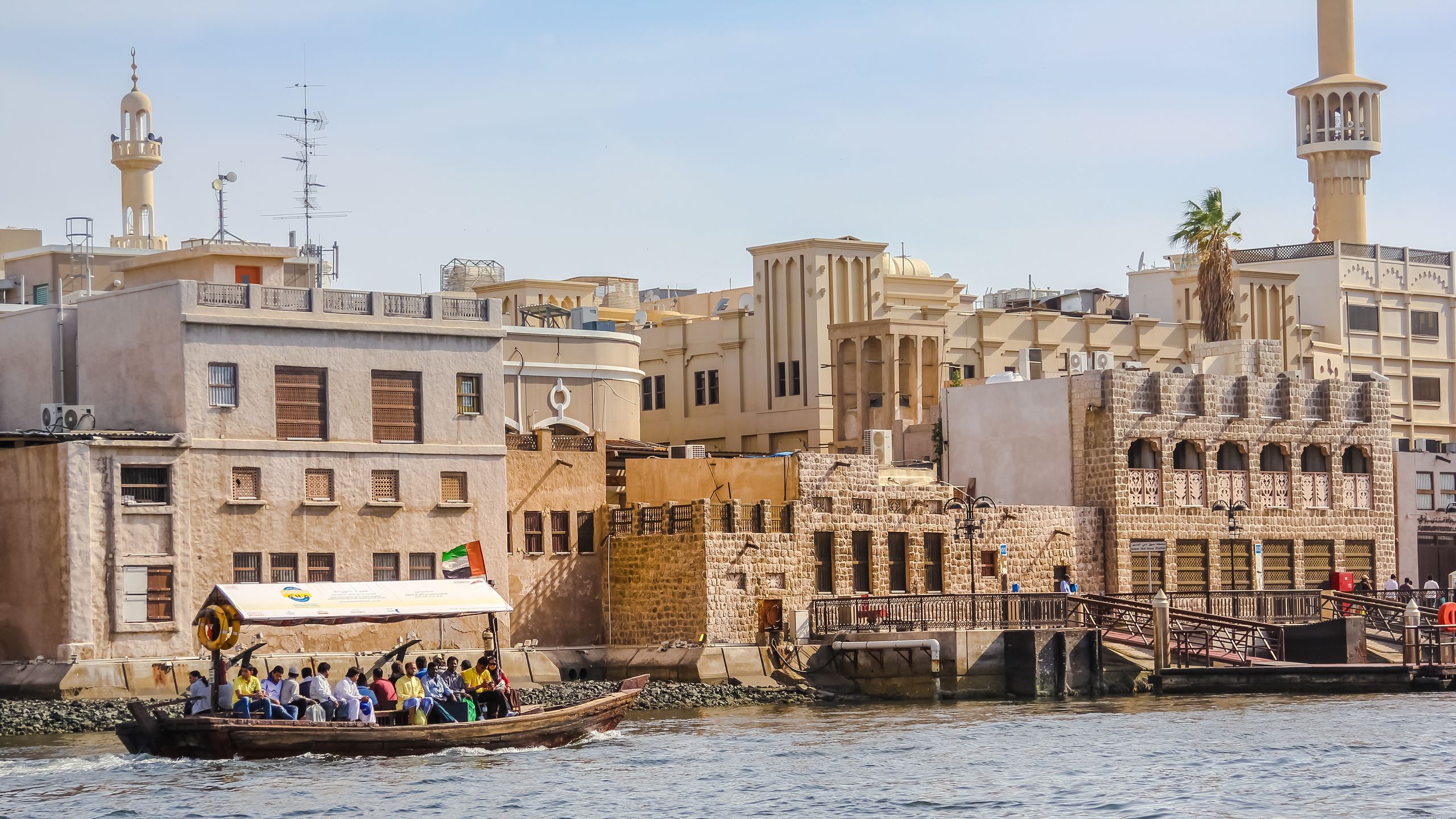
A City Between Past and Promise
If Al Fahidi represents the city’s memory, Downtown Dubai is its heartbeat. Here, the philosophy of community living is expressed through streets designed for walking, plazas designed for gathering, and architecture that balances innovation with intention. Souk Al Bahar, The Dubai Fountain, and Sheikh Mohammed Bin Rashid Boulevard form a cultural triangle that feels alive day and night—where design, art, and daily life coexist. It’s this rare blend—history and modernity, stillness and spectacle—that makes the area so magnetic.
From Dubai Design District’s creative pulse to the financial rhythm of DIFC, every element is within reach, yet never overwhelming. Downtown remains Dubai’s most coveted address, where ambition finds balance and luxury feels human.
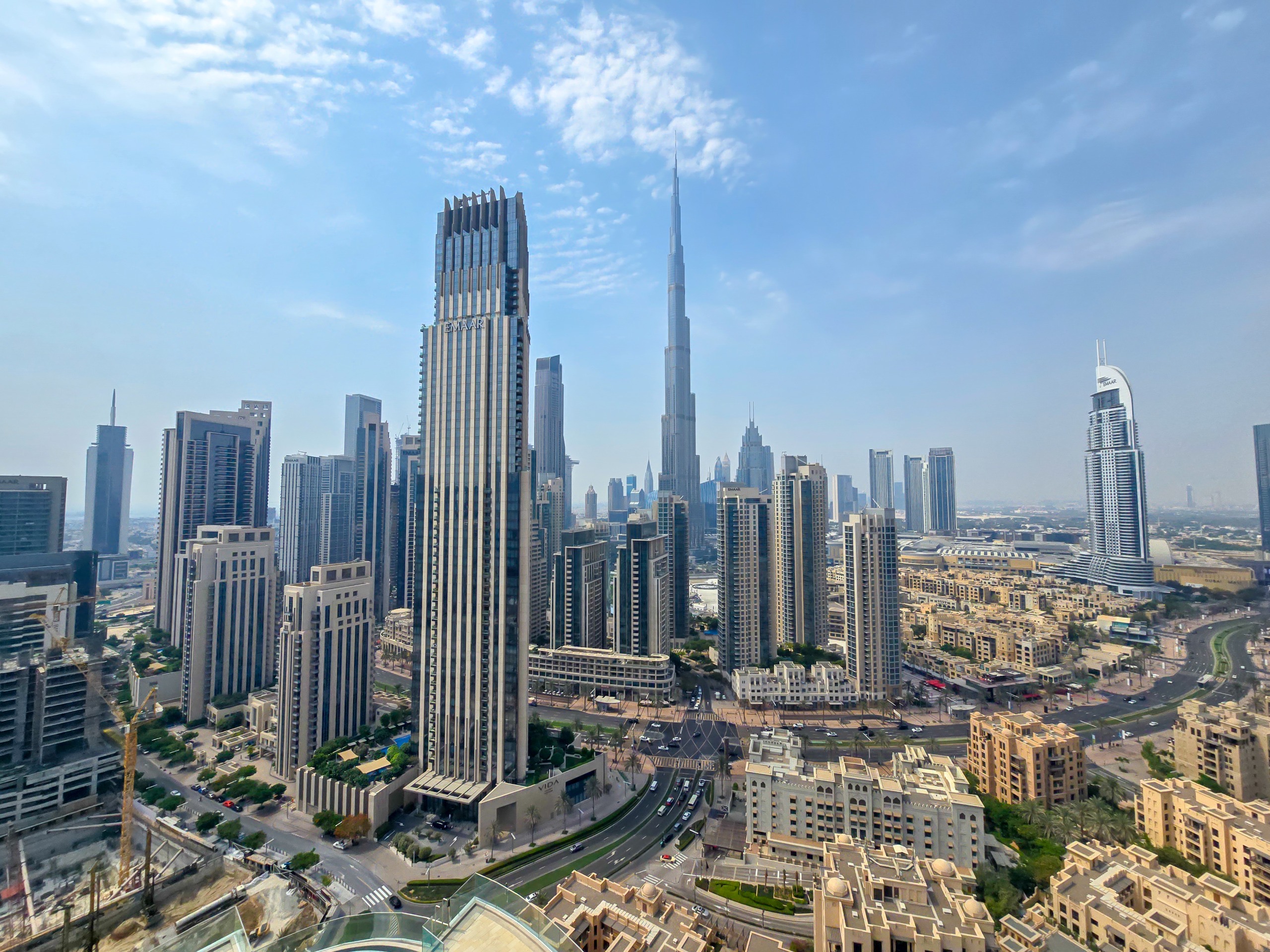
Above it All
There are views that define a city — and those that remind you why it was built. To choose to live in a penthouse is to choose perspective — to see the city not just from above, but in full. It’s a privilege of height and horizon, where every view tells a story of how far Dubai has come and how thoughtfully it continues to rise.
From this vantage point, the evolution of Dubai unfolds in a single, sweeping panorama. The sea where it all began; the Burj Al Arab, a symbol of its early ambition; the canal and Business Bay, tracing its pulse of modern enterprise; the Palm and Za’abeel’s royal palaces, reflecting vision and heritage; and beyond them, the ever-expanding skyline of New Dubai and the Creek — the city’s future reaching toward its origins. Few places offer such a dialogue between memory and possibility.
From its perch within Shapoorji Pallonji’s flagship development, Imperial Avenue, this newly completed residence frames Dubai not as spectacle, but as experience. Spread across more than 5,000 square feet, the penthouse opens onto a panorama where the grace of the Burj Khalifa meets the shimmer of the Business Bay canal — a view that captures the very soul of the city: rooted in memory, yet always reaching forward. Inside, the mood is one of quiet confidence.
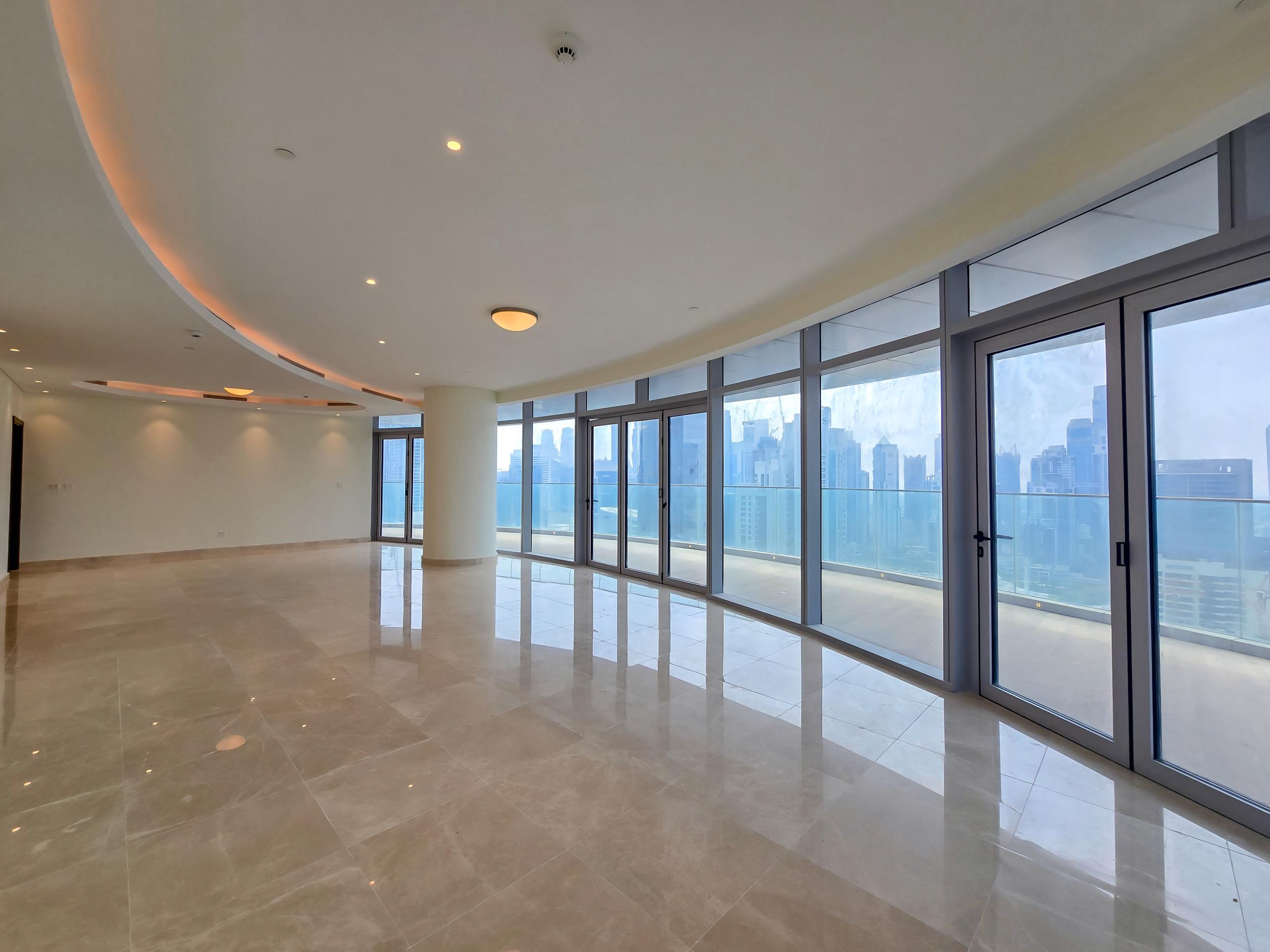
Soft neutrals, open layouts, and floor-to-ceiling glass invite the skyline in, allowing light to become part of the architecture itself. The palette is subtle but deliberate — a composition of textures that speak of calm rather than opulence. Here, design is not a display but a dialogue, where every detail serves the view. Within Imperial Avenue, life moves at a considered pace. Two pools — one reserved for children — a Zen garden, gym, squash court, and mini-theatre create spaces for both retreat and connection. Even the 500-metre walking path encircling the development feels intentional — a quiet luxury for reflection in a city built for momentum. For families and individuals alike, the experience balances privacy with participation: a home that offers seclusion without separation, serenity without stillness.
EDITOR'S PICK
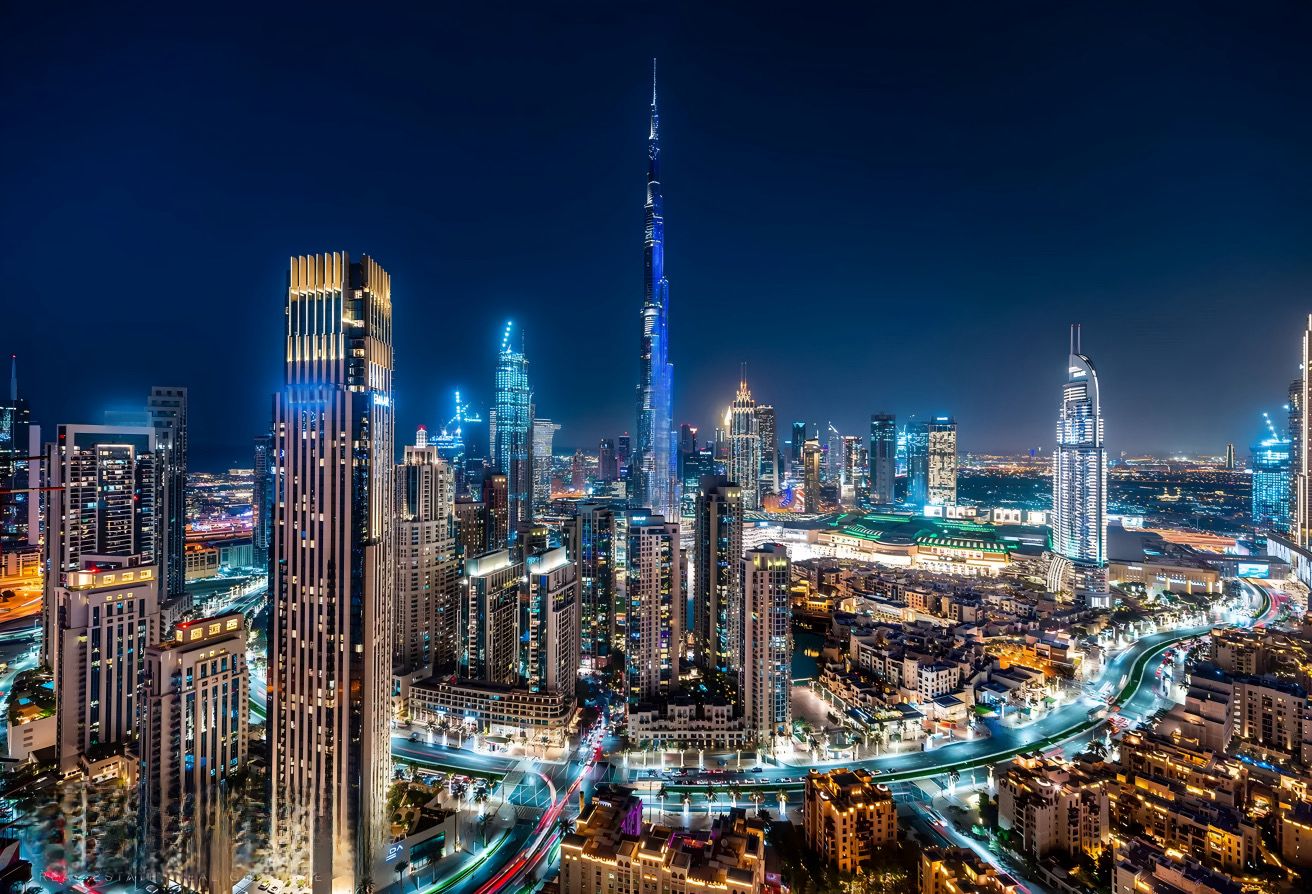
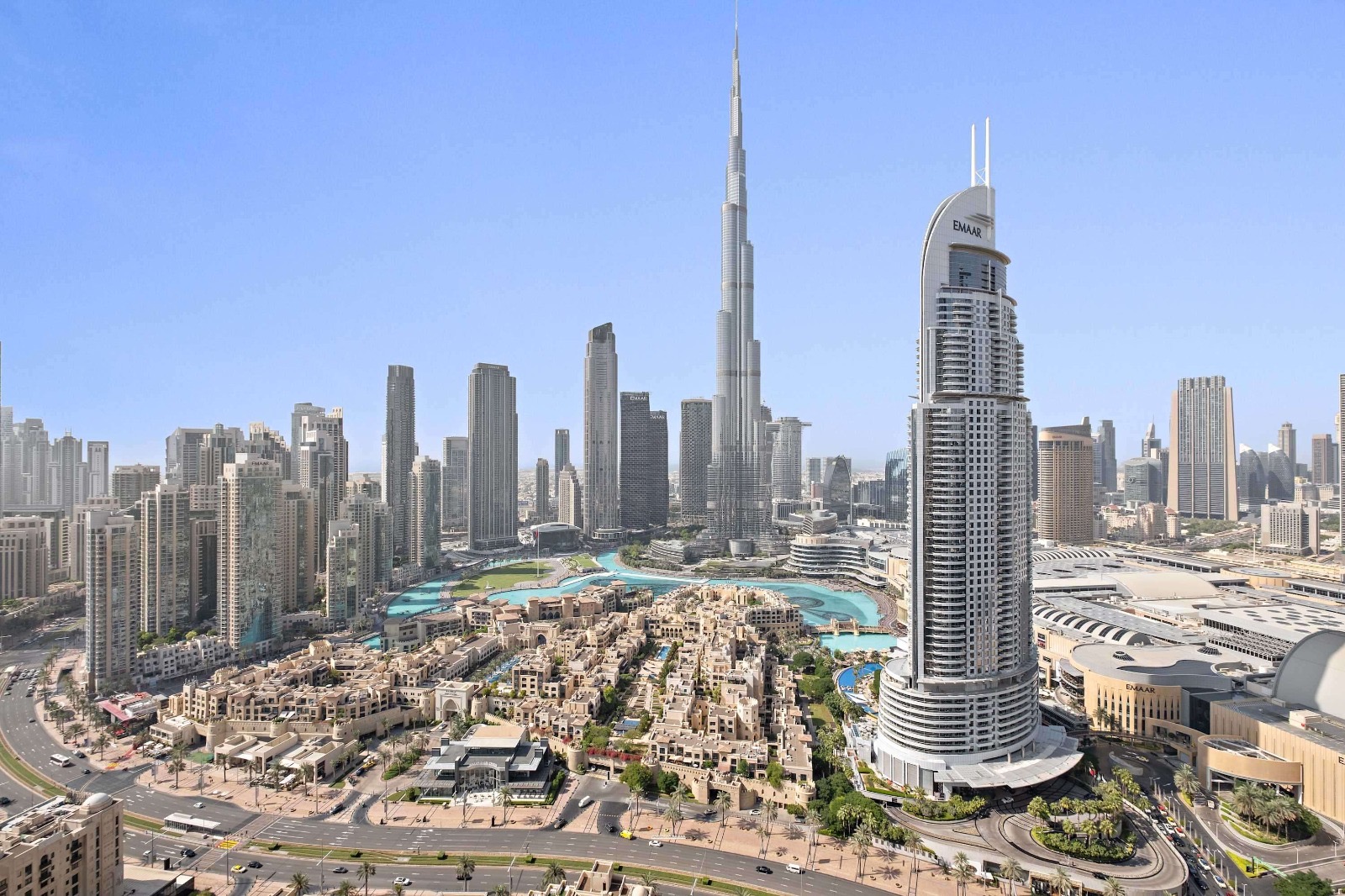

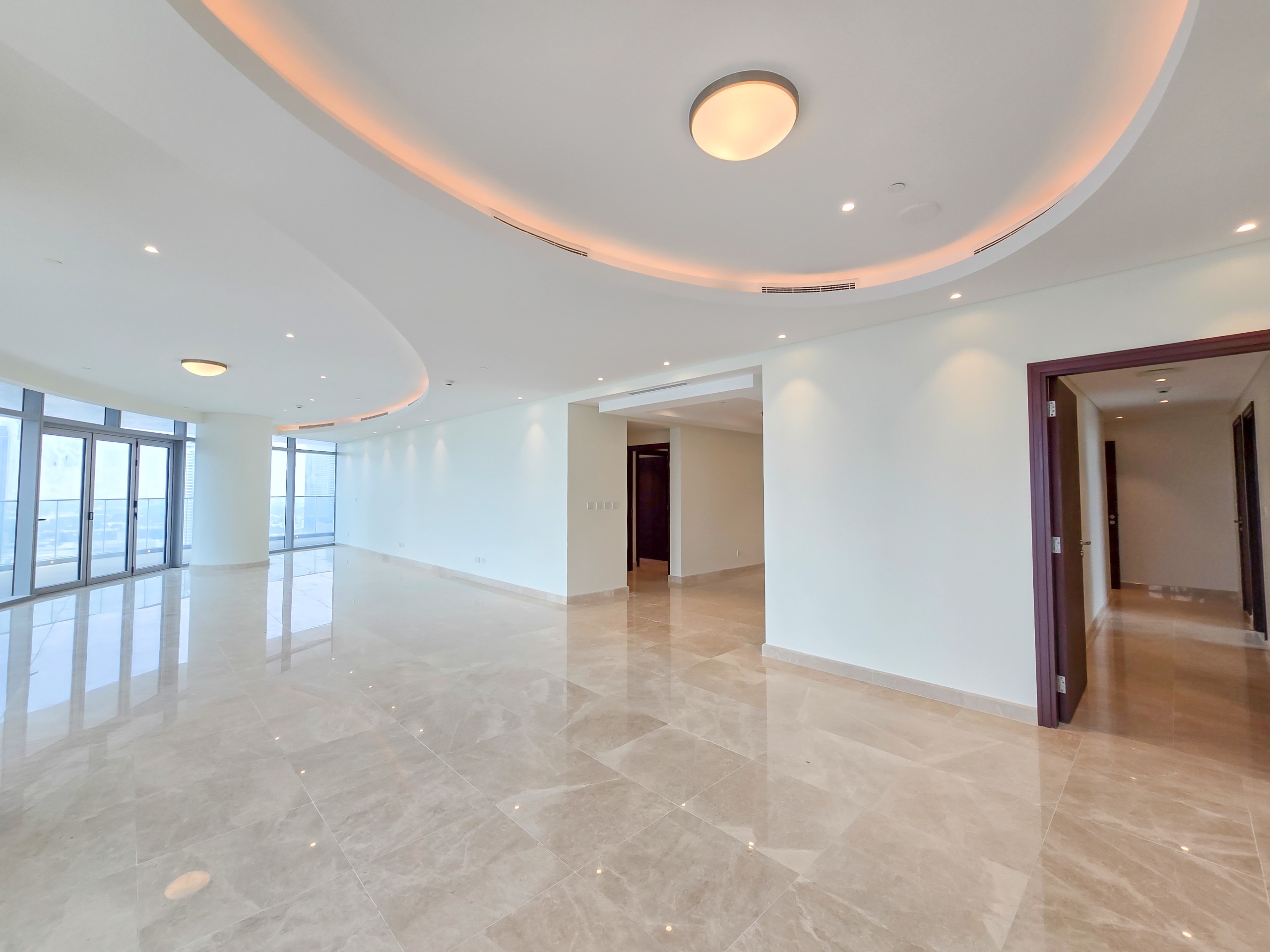
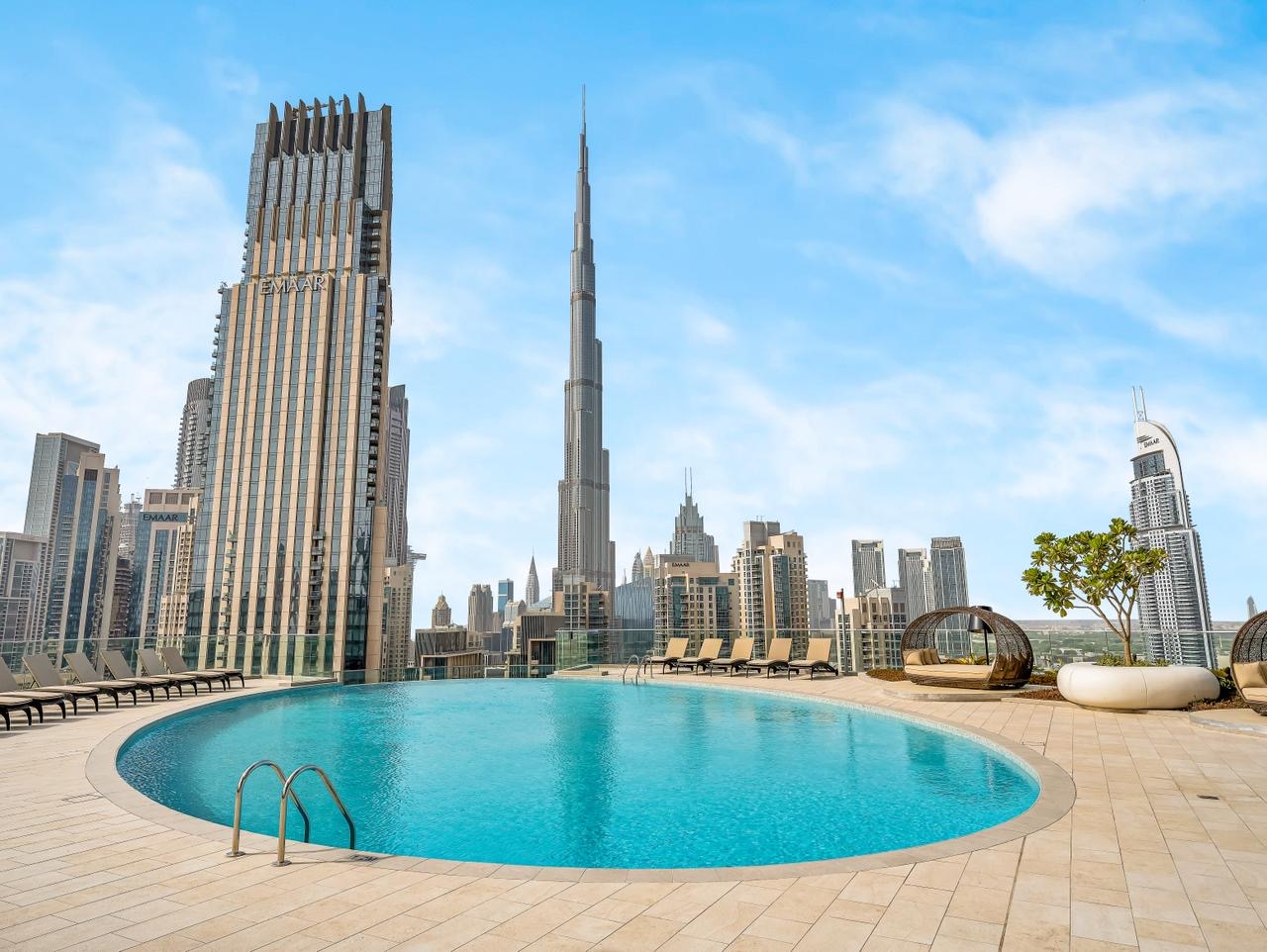
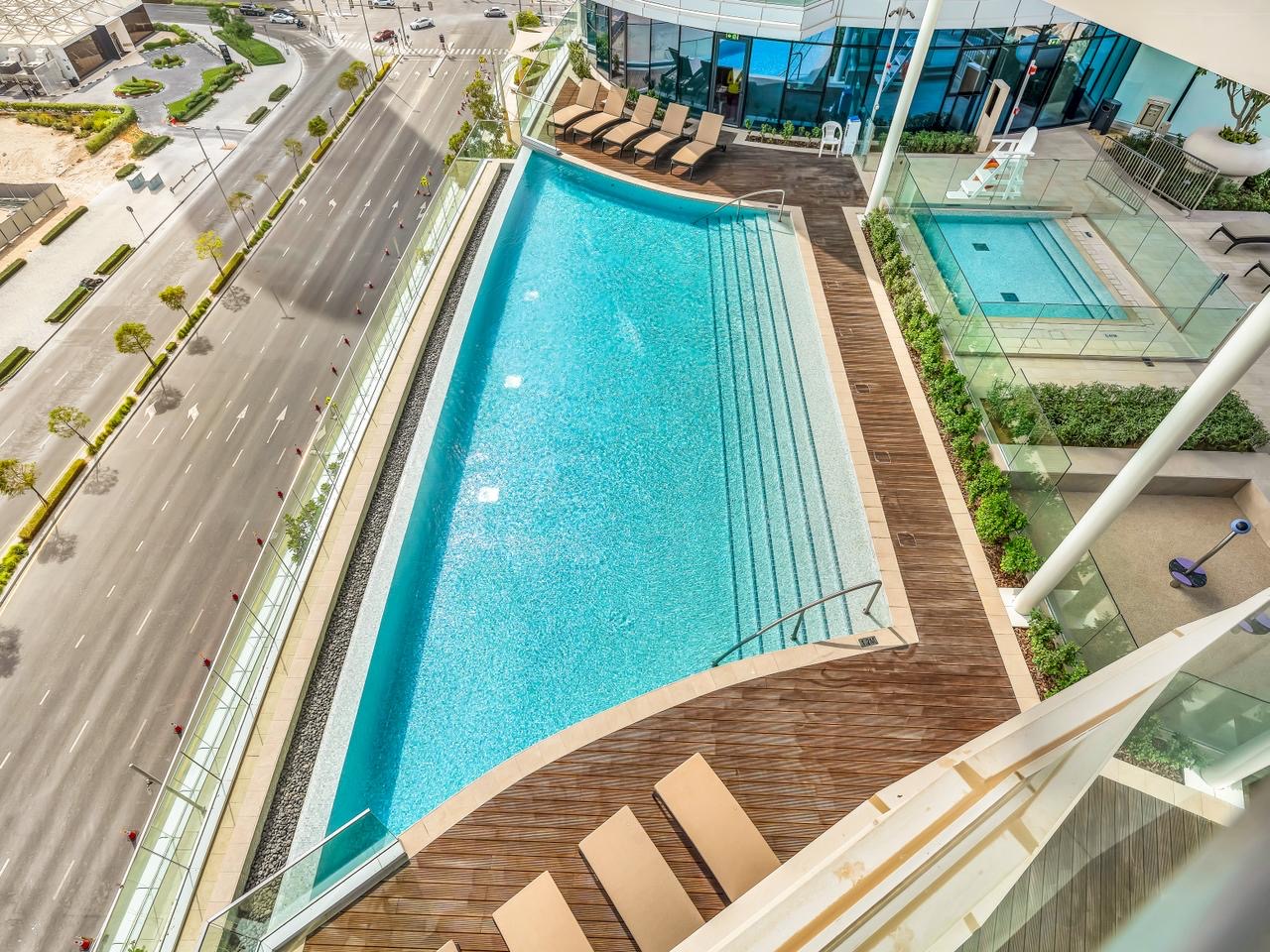
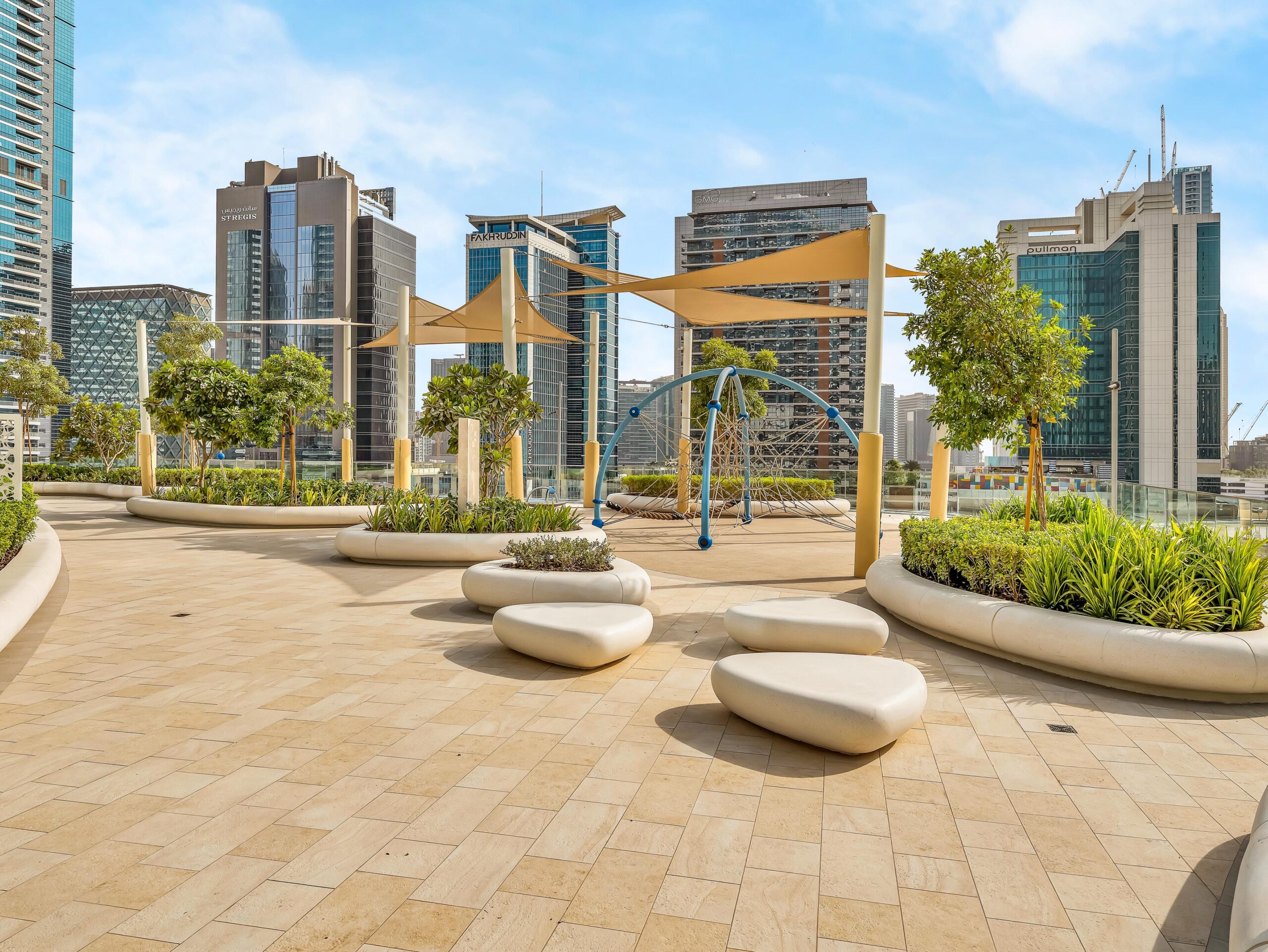
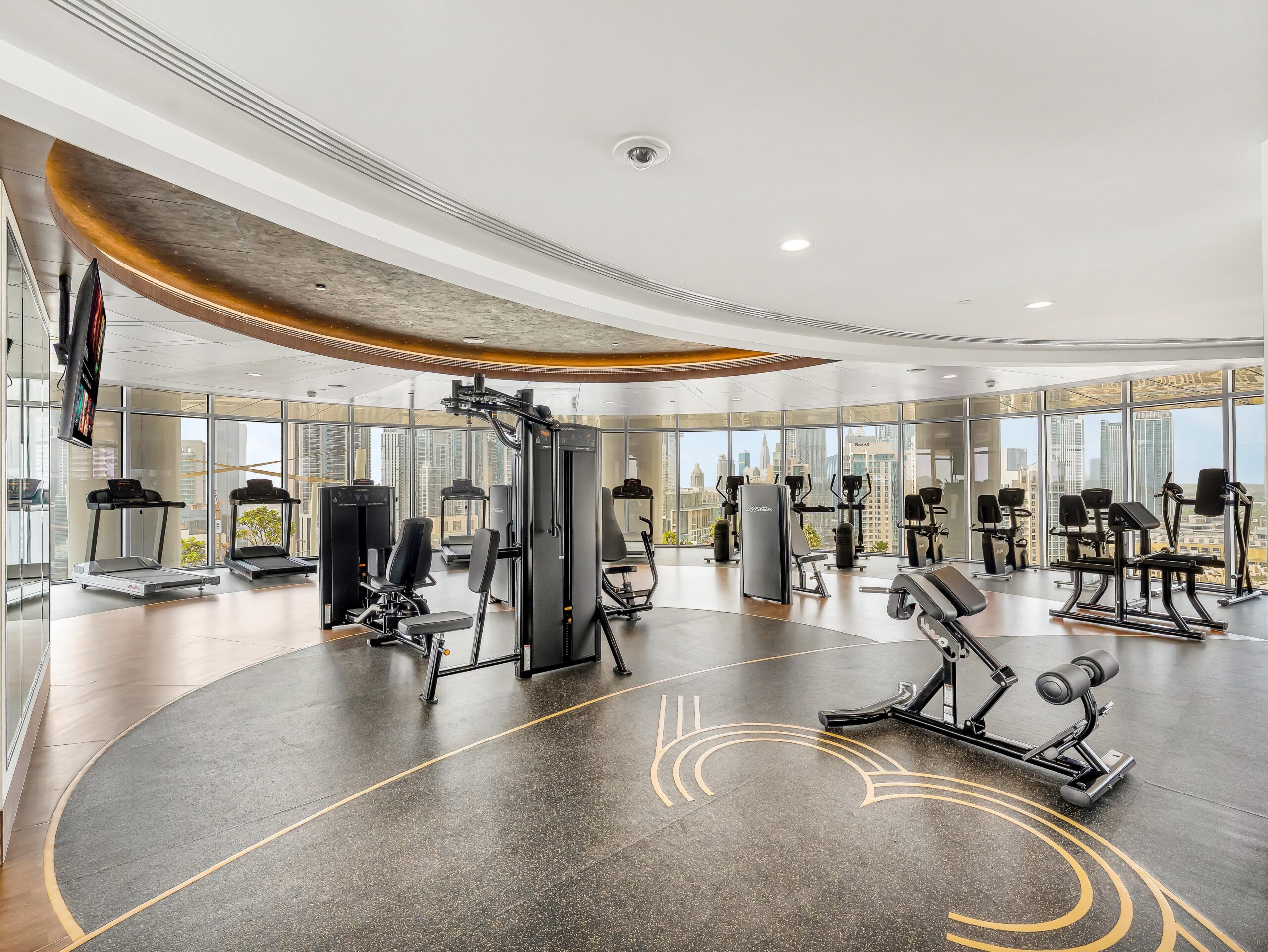
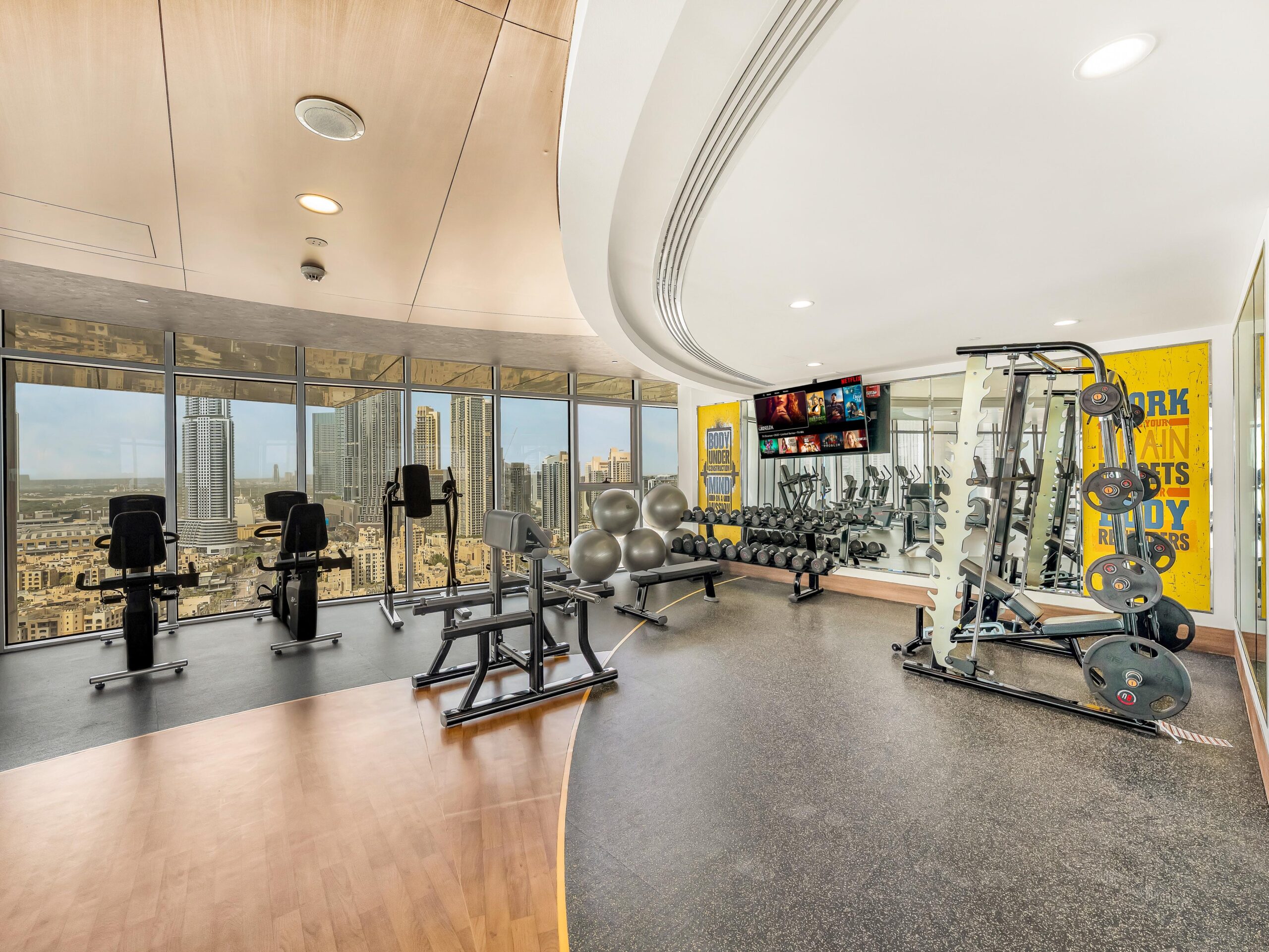
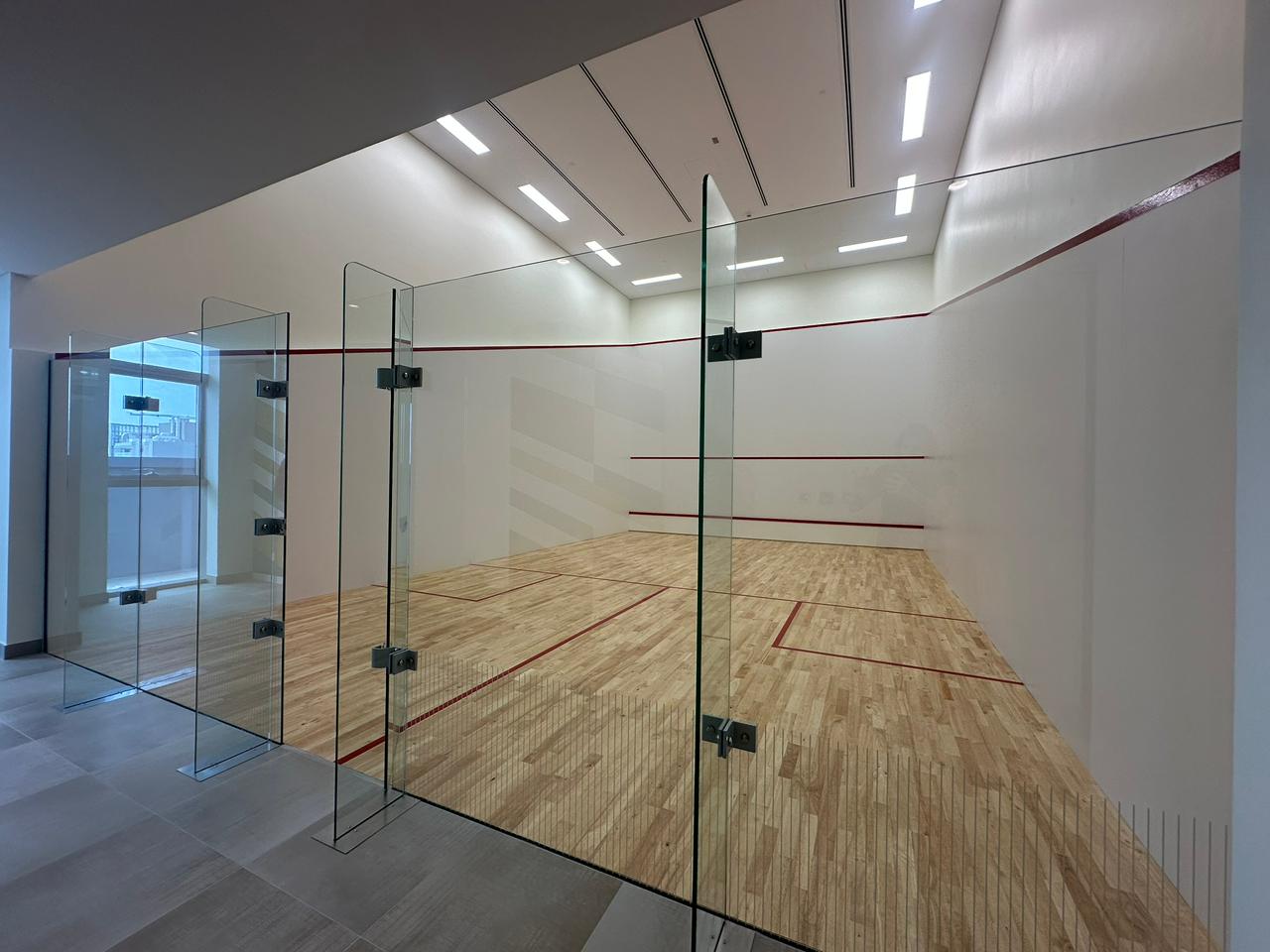
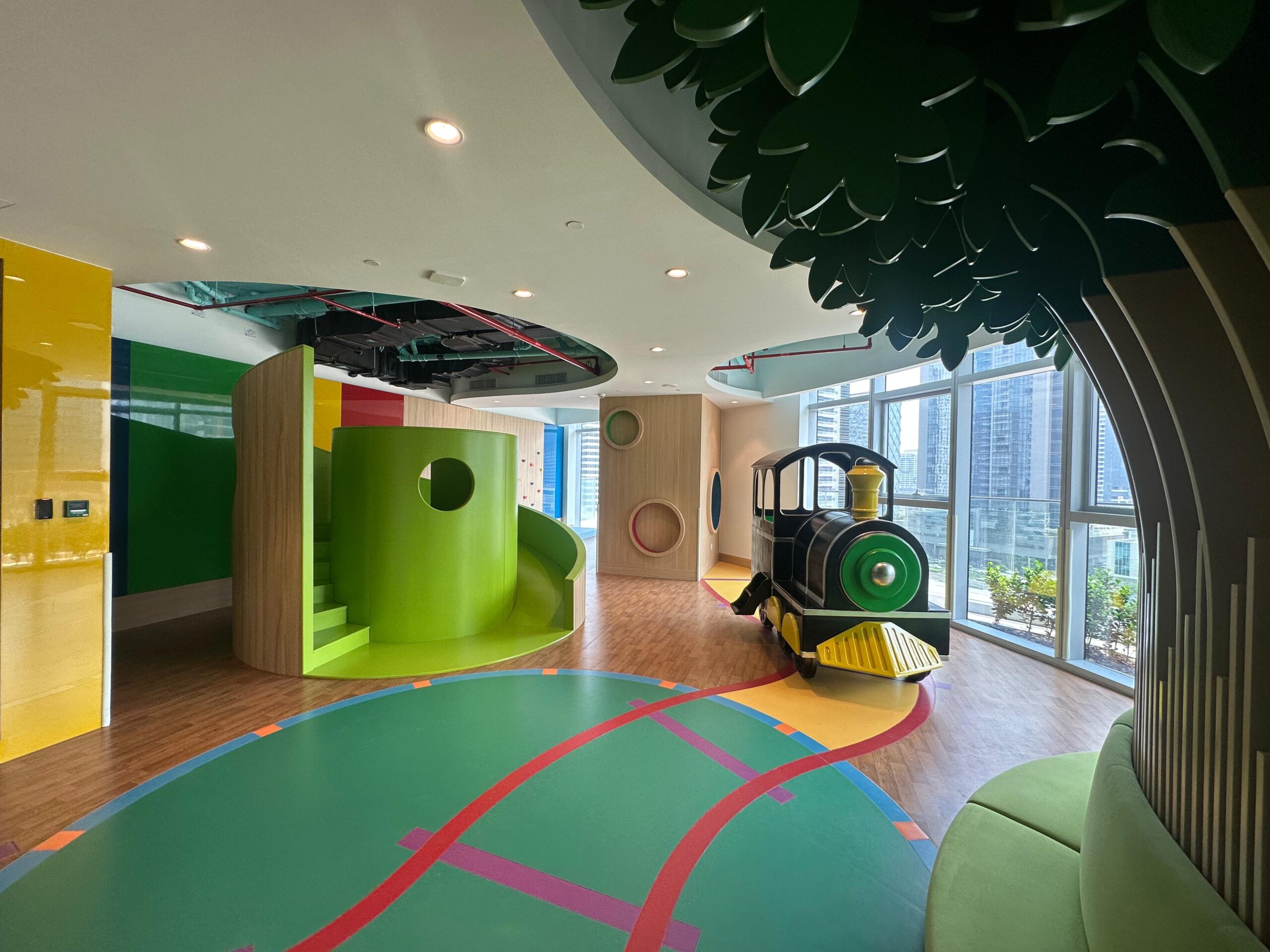
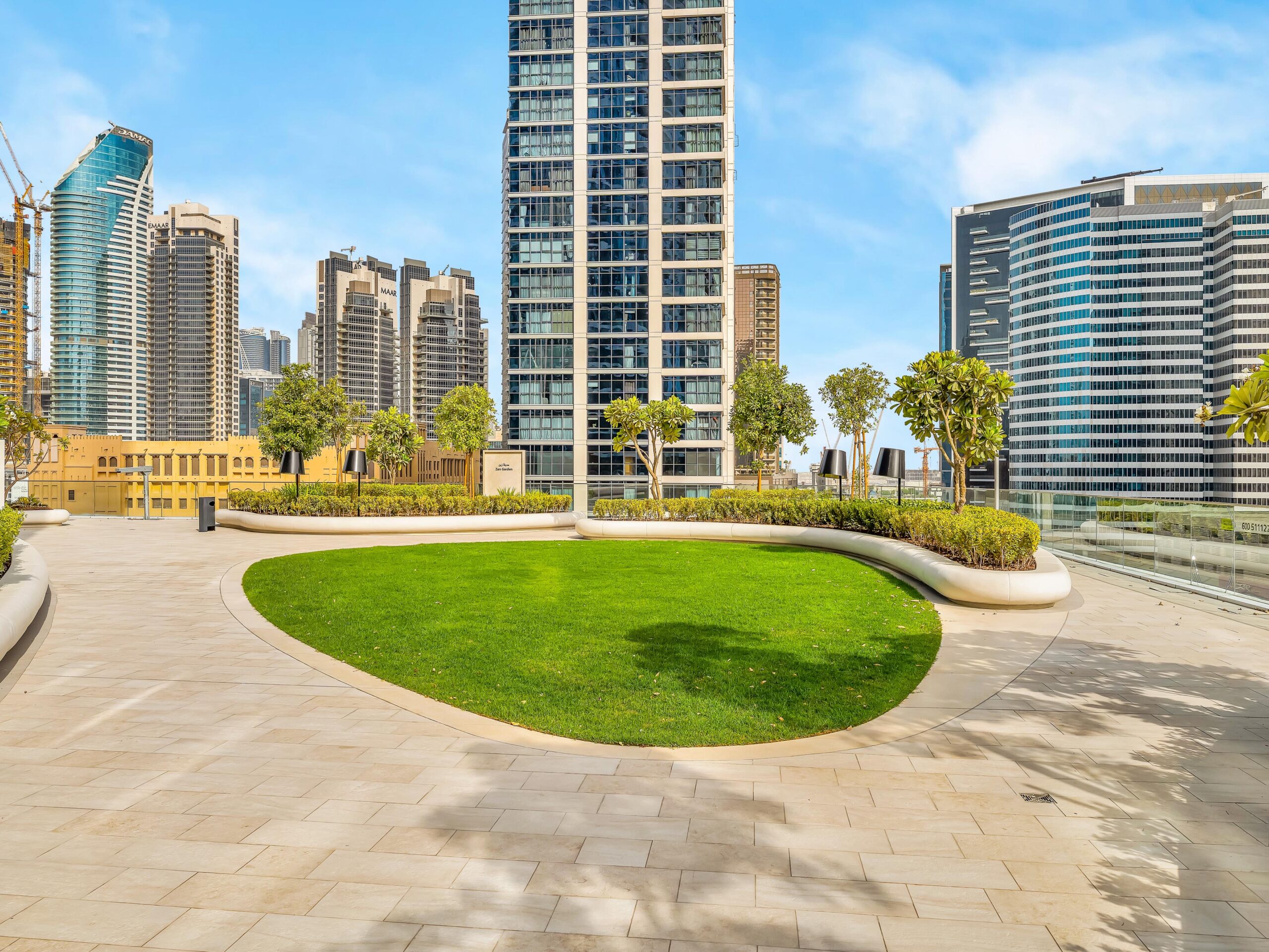
Views 180° panoramas of Business Bay canal and Downtown Dubai, crowned by the Burj Khalifa.
Space Over 5,000 sqft of expansive living, newly handed over.
Lifestyle Infinity pools, a children’s pool, indoor and outdoor play areas, meeting rooms, a private mini-theatre, a squash court, gym, and even a 500-meter walkway encircling the tower. Zen gardens and lily ponds extend serenity beyond your walls.
Opportunity For discerning residents, what truly defines this space is sensibility — the choice to live not above the city, but in harmony with it. Because in the end, it isn’t just about owning a view. It’s about belonging to one.
About the author
-
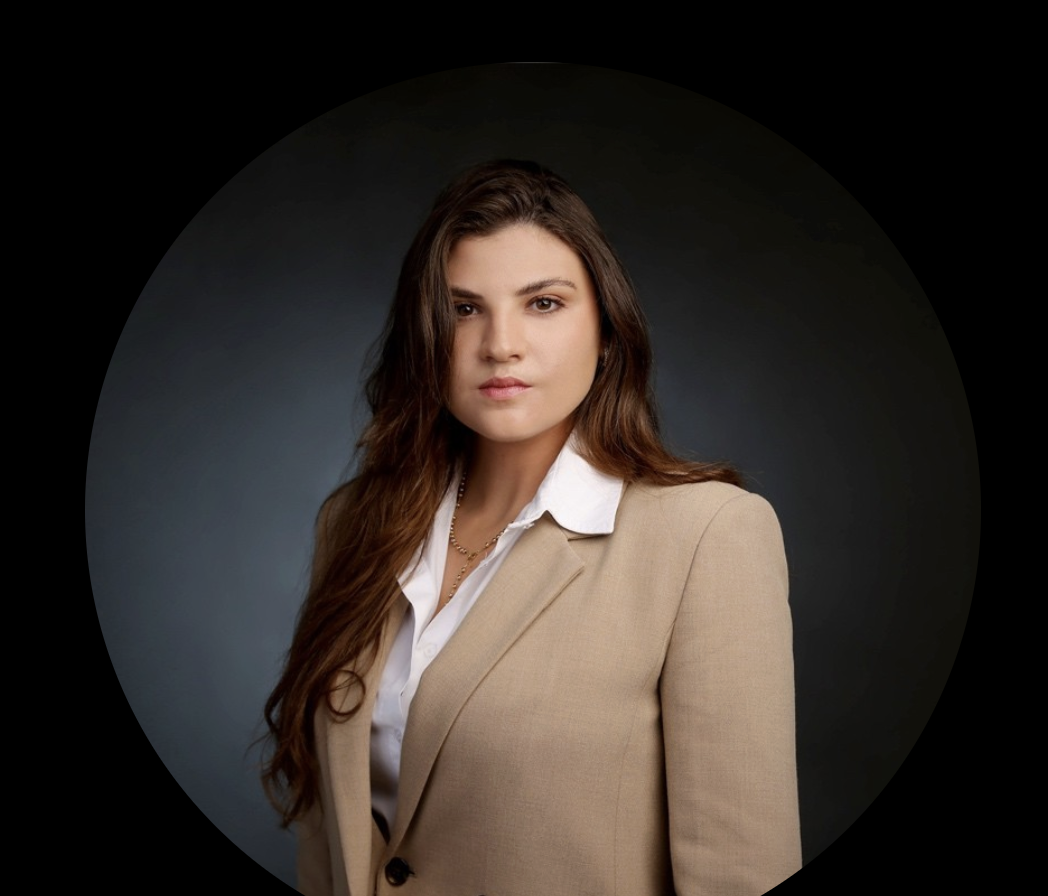
A seasoned real estate expert with years of sales and business development experience. With a deep understanding of Dubai’s fast-growing property market, she is the go-to person for navigating the city’s dynamic and competitive real estate landscape.
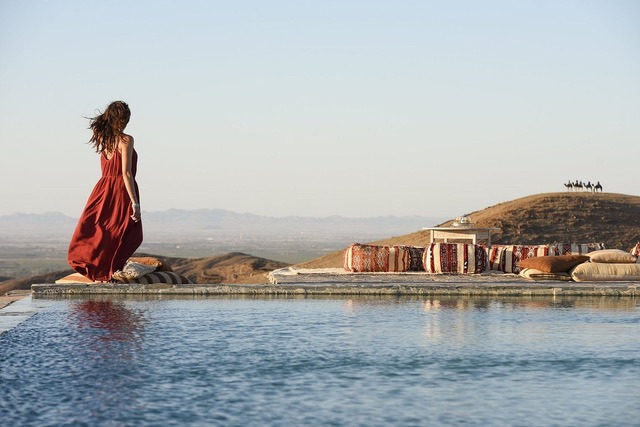
Subscribe
-
 A Seat at the Edge of Space, Inside Zephalto’s Vision of the Ultimate Journey
A Seat at the Edge of Space, Inside Zephalto’s Vision of the Ultimate Journey -
 My Dubai First Christmas
My Dubai First Christmas -
 Komodo Island, a Reminder of Nature Unchecked
Komodo Island, a Reminder of Nature Unchecked -
 Scidmore Sakura, Where Blossoms Bridge Worlds and Generations
Scidmore Sakura, Where Blossoms Bridge Worlds and Generations -
 Editor's Note, Leave It Better Than You Found It
Editor's Note, Leave It Better Than You Found It






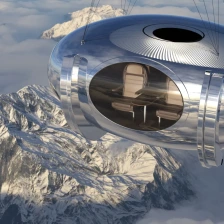
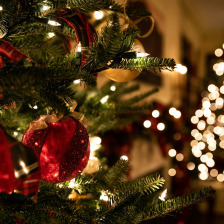

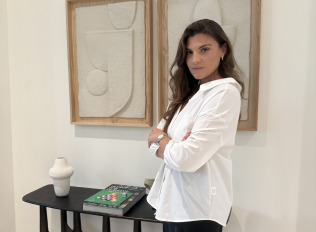
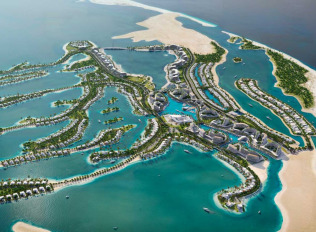
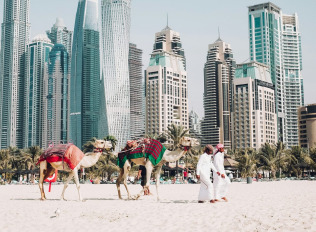
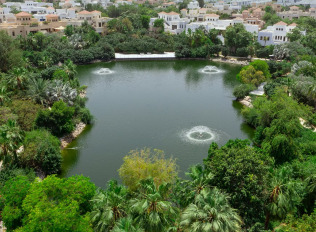
Leave a Reply